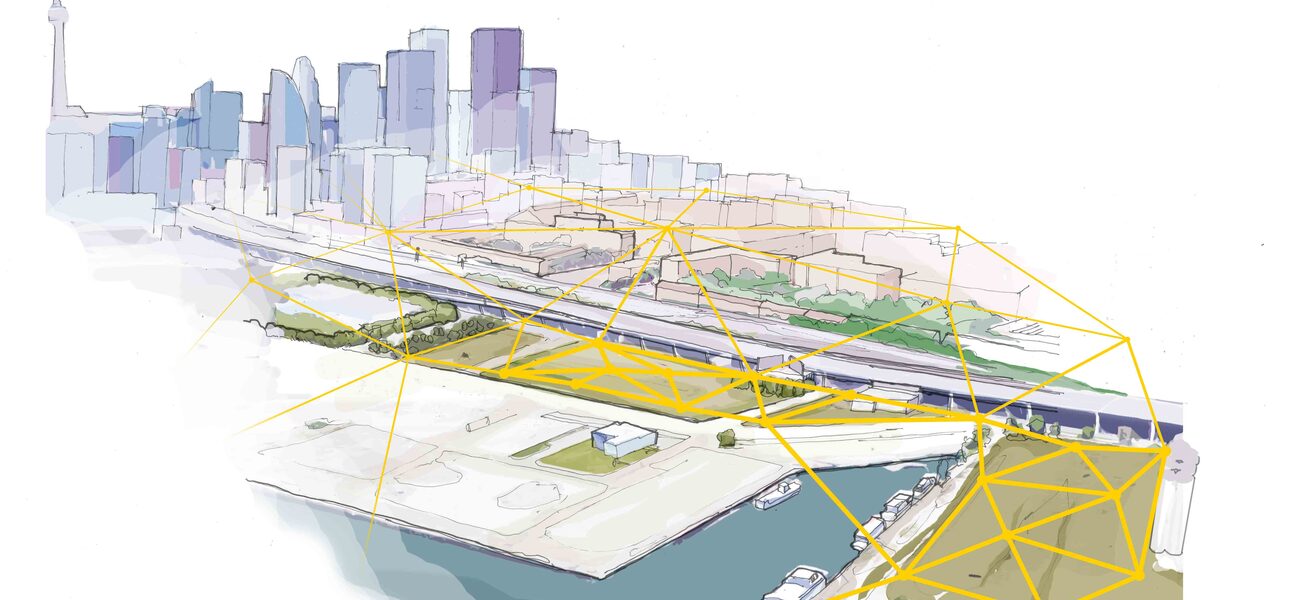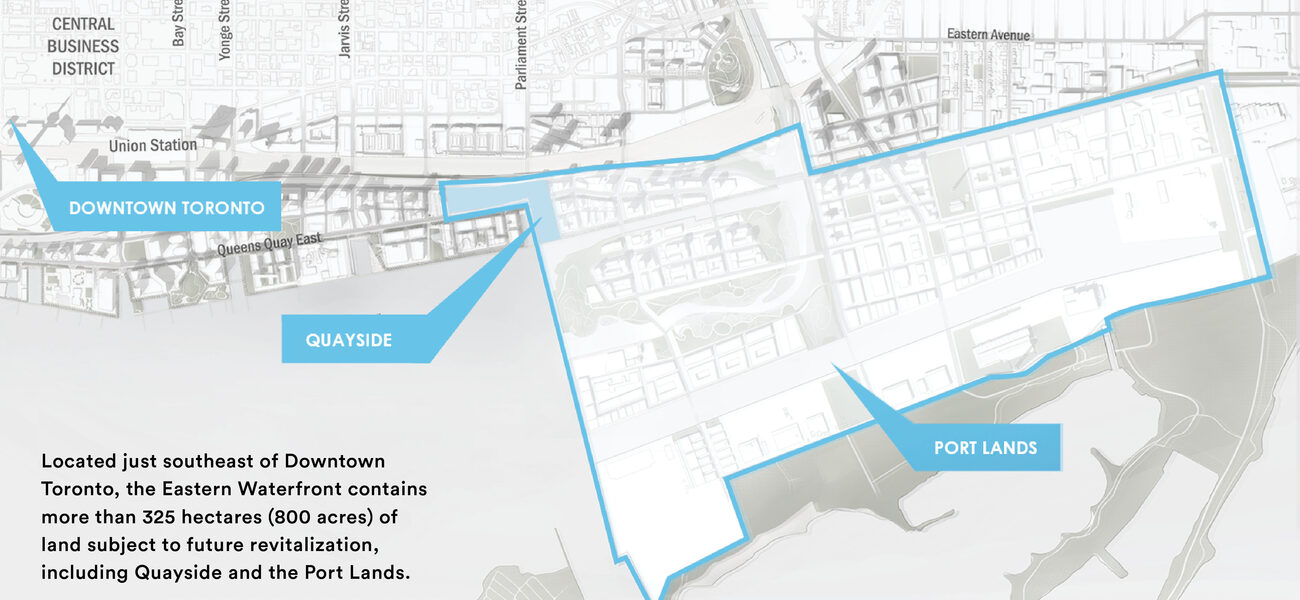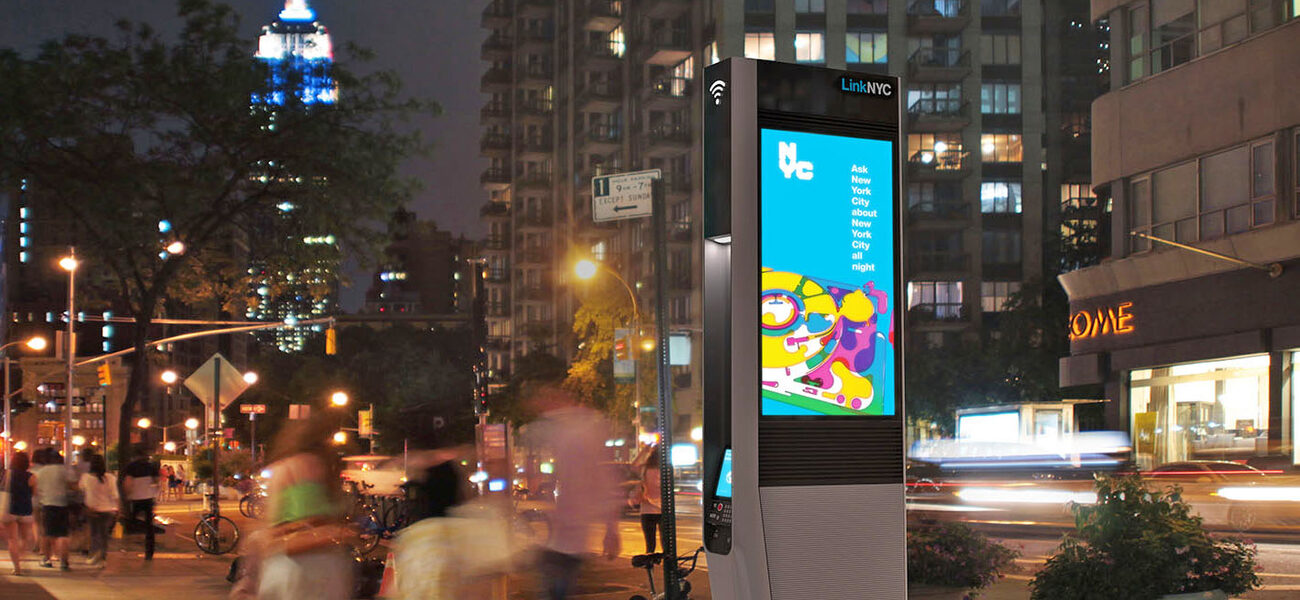The Internet of Things (IoT) is a widely used buzzword that refers to a rapidly growing network of internet-connected devices and sensors that transmit data back to a central repository for rapid analysis. This network generates massive amounts of information that can be used to maximize energy efficiency, optimize space use, reduce costs, and increase operational visibility across all types of facilities and organizations. LED lights with sensors, smart grid meters, intelligent HVAC and security systems, even mobile and body-worn devices, all generate tremendous amounts of data that both humans and computers can use to make better decisions.
“We now live in an age where everything is connected,” says Joe McMullen, marketing director at Schneider Electric. “The value of IoT comes from being able to rapidly analyze all of the data generated by these connected devices to make more informed decisions that help us reduce cost, uncertainty, and risk, regardless of industry.”
According to Gartner®, a technology research firm, there are more than 8.4 billion connected devices worldwide—up 31 percent from 2016—and that number is expected to exceed 20 billion by 2020. More than 63 percent of those devices are currently in consumer-related products like smart TVs, appliances, and automobile systems. But a growing abundance of low-cost sensors, wireless networks, and cloud computing platforms is allowing IoT to rapidly proliferate in a wide range of industrial and commercial applications that includes real-time occupancy monitoring for improving real estate utilization and healthcare delivery, as well as optimization of process-intensive industries like manufacturing and power generation.
“In simple terms, IoT is basically attaching small computers to the stuff around us and connecting them to the internet,” says Aaron Allsbrook, CTO of enterprise IoT software provider ClearBlade®. “These computers let us monitor devices, control their behavior, and automate processes that used to be manual. For consumers, it means we can automate the home by connecting things like lighting, appliances, alarm systems, and heating and cooling. For large companies, it means we can better serve our external and internal users by tightly connecting highly reliable operational technology systems with highly secure IT systems.”
Offices and commercial spaces are also undergoing a fundamental IoT transformation, as smart HVAC equipment, LED lighting, environmental sensors, and security systems become increasingly interconnected with building automation systems.
“IoT offers significant opportunities for facility managers and building owners because it can provide real-time information on critical things like space utilization,” says Brian Haines, vice president of marketing at FM:Systems®. “With many organizations, the big challenge is knowing whether you need more space or if you just need to utilize your existing space better. Obviously, if you can avoid building a new building by utilizing what you have more effectively, there are huge cost savings associated with that.”
By deploying low-cost technologies like multi-sensor LED lights, stereoscopic cameras, and snap-on HVAC sensors, organizations like CoWorkr can anonymously identify exactly where people are in a room or floor plan, what the changing temperature patterns are throughout the day, and how space is actually being utilized.
“This level of occupancy data allows us to view a floor plan as a heat map that helps us better understand how these buildings are being used, which helps our clients get the most out of their spaces,” says Haines.
IoT Platforms and Big Data
The key to unlocking the IoT layer is being able to accumulate, analyze, and act on the tremendous amounts of big data generated by an ever-growing ecosystem of endpoints. Managing this kind of data effectively requires connecting the devices to a platform that can scale across unlimited endpoints and serve up relevant information with flexible reporting.
“There’s so much information being generated. You need a platform that can capture it in a way that provides meaningful analytics you can use to inform decision making,” says Haines.
Various IoT platforms are working with building automation system providers and others to create integrated facility management solutions that allow organizations to maximize IoT data across their entire portfolio; compiling the data into a repository that is hosted in the cloud or on-premise; analyzing it based on key performance indicators, established trends, and benchmarks; and generating reports with actionable information. Ideally, the data can also feed back into systems and equipment so that they “learn” to become smarter and more responsive over time.
“The most important component of an IoT platform is the analysis side. Most industries have been connecting devices and collecting data on their process for years. But new software technology is allowing us to use this raw data in new ways that generate deeper insights, enabling organizations to run their processes or facilities more efficiently, safely, and profitably,” says McMullen.
For example, oil and gas operators can use sensor data on process-intensive field equipment to identify operational anomalies outside of a target zone that indicate potential equipment failure. This allows for more efficient maintenance scheduling and minimizes equipment downtime. IoT platforms can also be used to automatically optimize building HVAC settings and lighting based on occupancy, time of day, and weather conditions—increasing energy efficiency without compromising occupant experience.
“To unlock IoT you need an open architecture solution that can leverage the appropriate protocols and data sources. This means you need a platform with the flexibility to support what protocols are already in place and the adaptability to extend it to new equipment and devices as they emerge,” says Allsbrook.
Smarter Humans + Smarter Machines
Now that the number of IoT devices officially exceeds the number of people on the planet, it’s safe to assume that we are on a highly connected path towards smart cities, intelligent buildings, and interactive environments. But the reality is that industry and commerce are only beginning to catch up to the true potential of IoT. And ensuring security and privacy in this environment continues to be a daunting challenge.
“We’ve only scratched the surface of what we can do with the Internet over the past 20 years. The promise of IoT is that it will take us much deeper into connecting actual things, not just web browsers and mobile phones. Sectors like construction and manufacturing are beginning to make investments in IoT to improve efficiency and safety. Eventually, these areas will utilize IoT to become more automated along with healthcare, transportation, and cities,” says Allsbrook.
In fact, Sidewalk Labs, Google/Alphabet’s smart city spinoff, recently announced a deal with the city of Toronto to develop 800 acres of waterfront property on the east shore of Lake Ontario, transforming it into the first state-of-the-art urban center “designed from the internet up.” The mixed-use “people-centered” community in two neighborhoods—to be called Quayside and Port Lands—will use an array of high-speed wireless networks and IoT applications to create a connected city environment with sustainable energy systems, autonomous car capabilities, and digitally interactive public spaces.
Likewise, Dell Technologies just announced an aggressively expanded IoT strategy at its recent IQT event in New York City. The new initiative includes a $1 billion investment over the next three years for developing its IoT ecosystem with a wide range of products, services, and partner programs. Dell’s IoT strategy is unique because it’s primarily designed around a “distributed” or “edge” computing model that runs counter to the more common cloud-based approach. Dell’s strategy is that the vast array of connected devices operating on the edge (including autonomous cars, mobile devices, and equipment sensors) no longer have time to wait for a response from a centralized system. They need to be able to process information and make decisions in real time. As a result, Dell’s architecture aims to combine IoT with artificial intelligence (AI) technologies into one interconnected ecosystem that stretches from the cloud to the core to the edge of each device enabling whole new levels of interactivity.
“When we talk about the future of IoT, the subject of artificial intelligence always comes up because it’s so intriguing. While I’m confident that AI and machine learning will play a major role in IoT, it is way over-hyped right now. It will take us several years to lay down the infrastructure for basic IoT. And, while ClearBlade has machine learning and AI capabilities built into our platform using algorithms, real AI comes from deep knowledge injected into a system by real experts. It’s going to take a little time to get there,” says Allsbrook.
By Johnathon Allen
Editor’s note: This is the first of a two-part series on the Internet of Things. The second report addresses the cybersecurity issues inherent in IoT.



